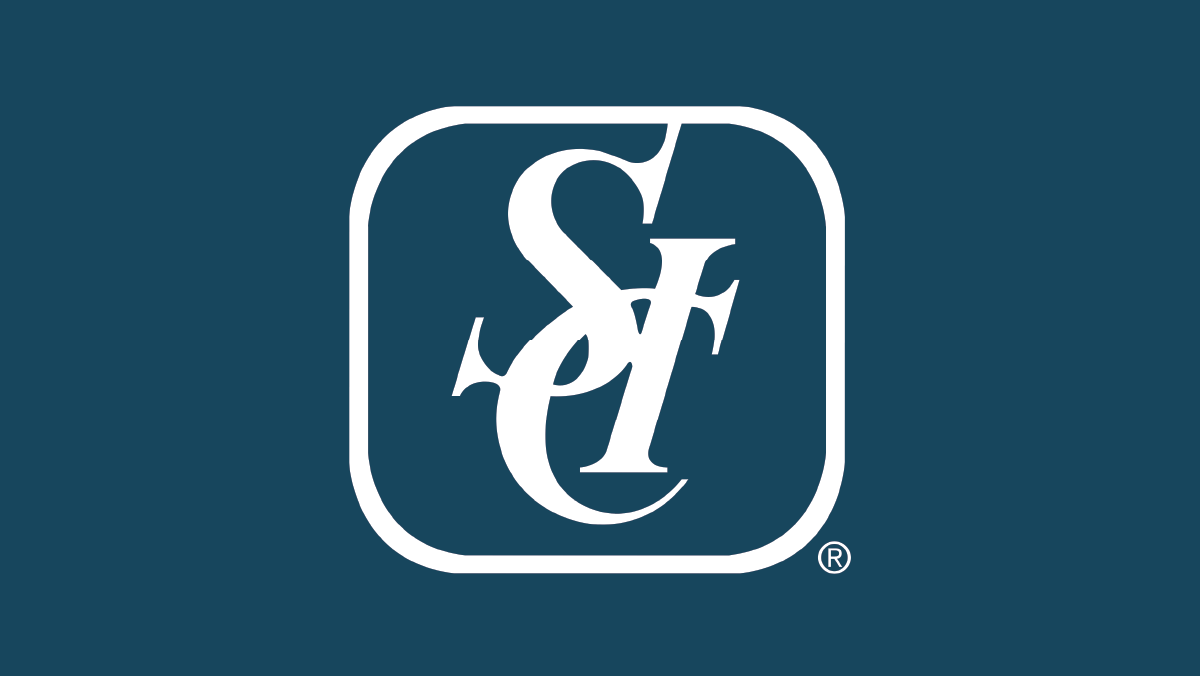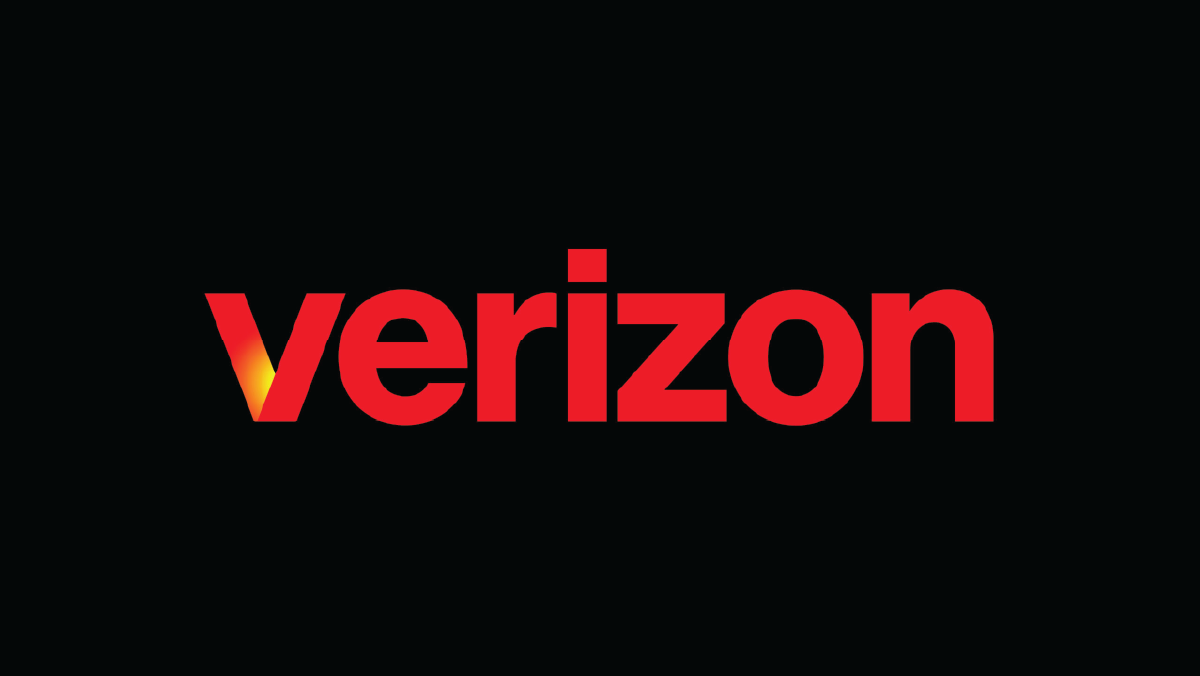A Design Sprint to modernize the Online Warranty System (OWS)
Overview
As the UX Lead, I facilitated a design sprint with Ford focused on reimagining the Online Warranty System (OWS) — a core platform for managing claims across dealerships, internal reviewers, and regional teams. The objective was to uncover ways to increase automation, reduce manual review, and create a smarter, more intuitive experience for warranty administrators.
Context & Challenge
Ford’s OWS processes were deeply layered, exception-driven, and highly manual. Overpayments often went unnoticed until after claims were processed, and existing tools made it difficult for internal teams to catch anomalies at scale.
The challenge: How might we help Ford reduce unnecessary claim payouts and streamline internal workflows, without overhauling the platform from scratch?
Design Sprint Framework
Using the Pega Catalyst™ methodology, we collaborated with Ford stakeholders over a three-week design sprint to co-create and validate a new experience:
Week 1: Pre-Workshop Prep
We reviewed current-state workflows, technical constraints, and exception processing logic using provided documentation and internal interviews.
Week 2: Design Thinking Workshop
Journey maps, pain-point analysis, and co-ideation sessions led to the framing of key opportunity areas and solution sketches.
Week 3: Prototype & Playback
We built a clickable prototype and tested it with internal OWS users. Feedback was synthesized into final recommendations presented during the executive readout.
Design Philosophy: From Tasks to Insights
Early conversations centered on streamlining task workflows. But user research quickly revealed a deeper need — to empower users with context-rich, actionable insights that would allow them to spot claim anomalies early and make data-informed decisions.
Key Shifts:
From task execution to pattern detection
From linear processing to visual drill-down
From reactive cleanup to proactive risk mitigation
Solution Concept: Claims Analytics Dashboard
We designed a new dashboard experience to give warranty admins a clearer, more efficient way to detect and investigate outlier claims:
1. Admins log into OWS and access a new Claims Analytics Dashboard
2. Dashboard shows regions with overpayment anomalies
3. Admins drill into specific facilities and sub-codes
4. Export flagged results and share via SharePoint with leadership
5. Refine internal validation rules based on data-backed trends
This gave users the ability to monitor trends and surface systemic issues before they became costly problems.
The Sprint Storyboard


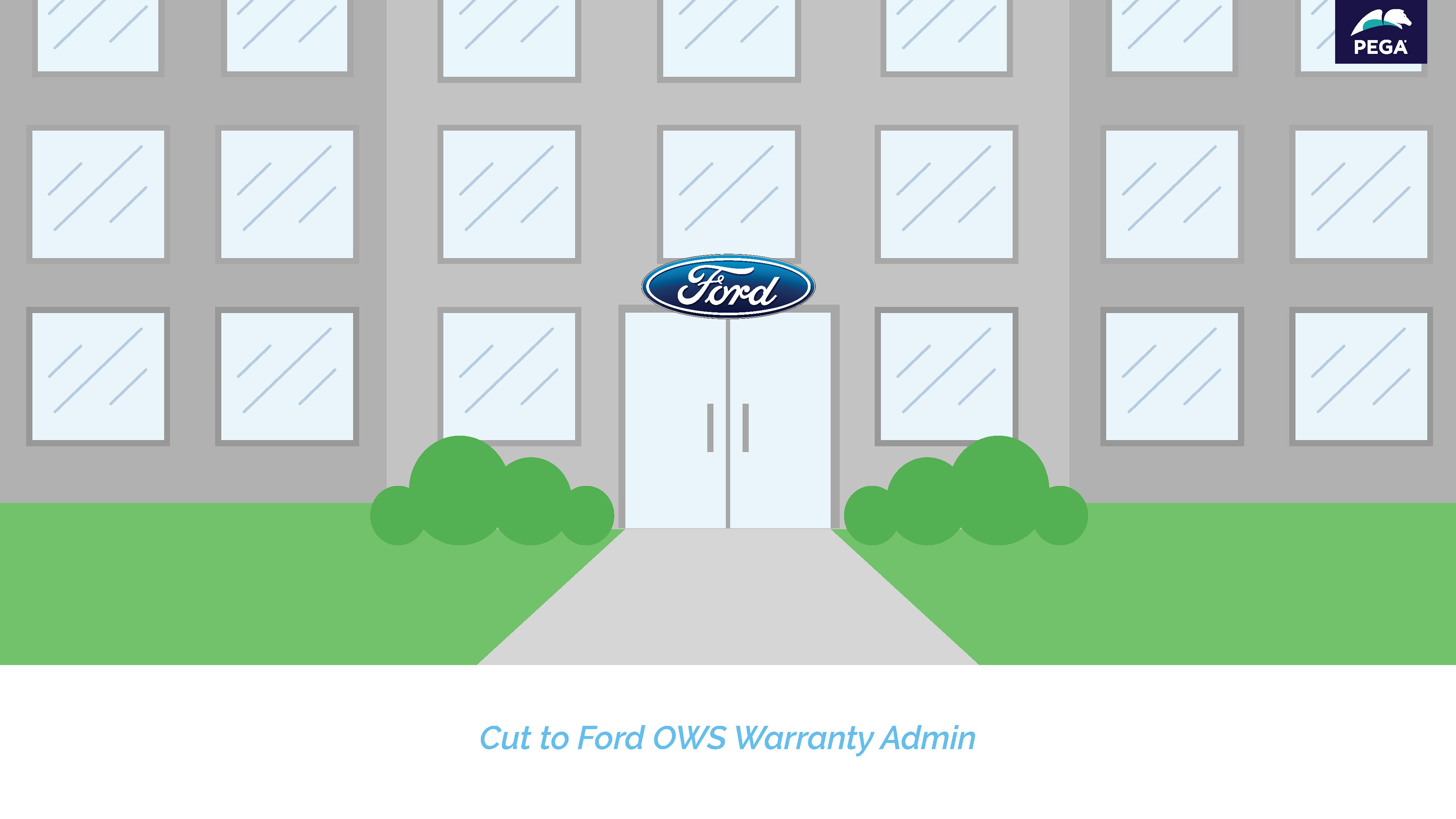

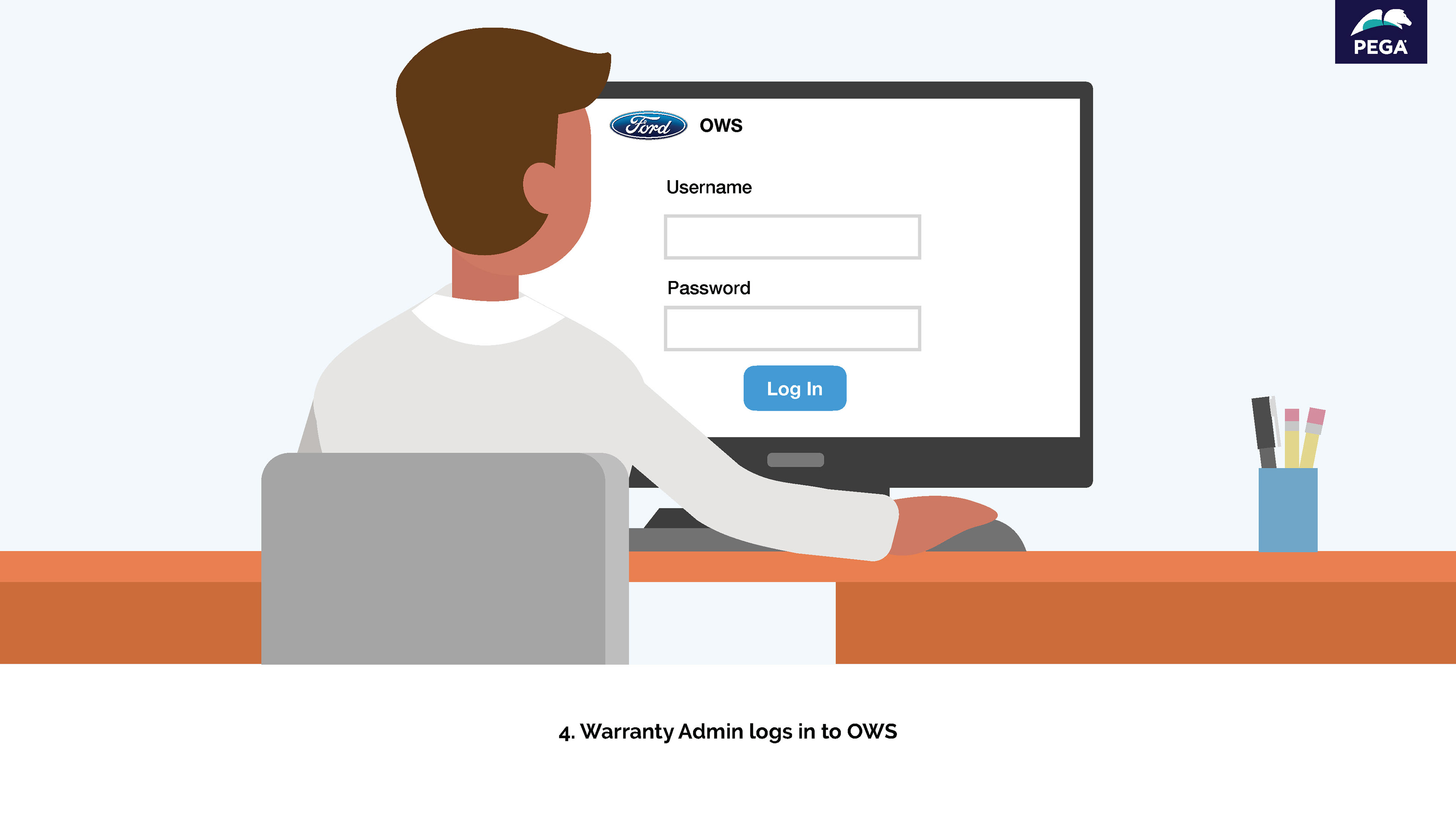

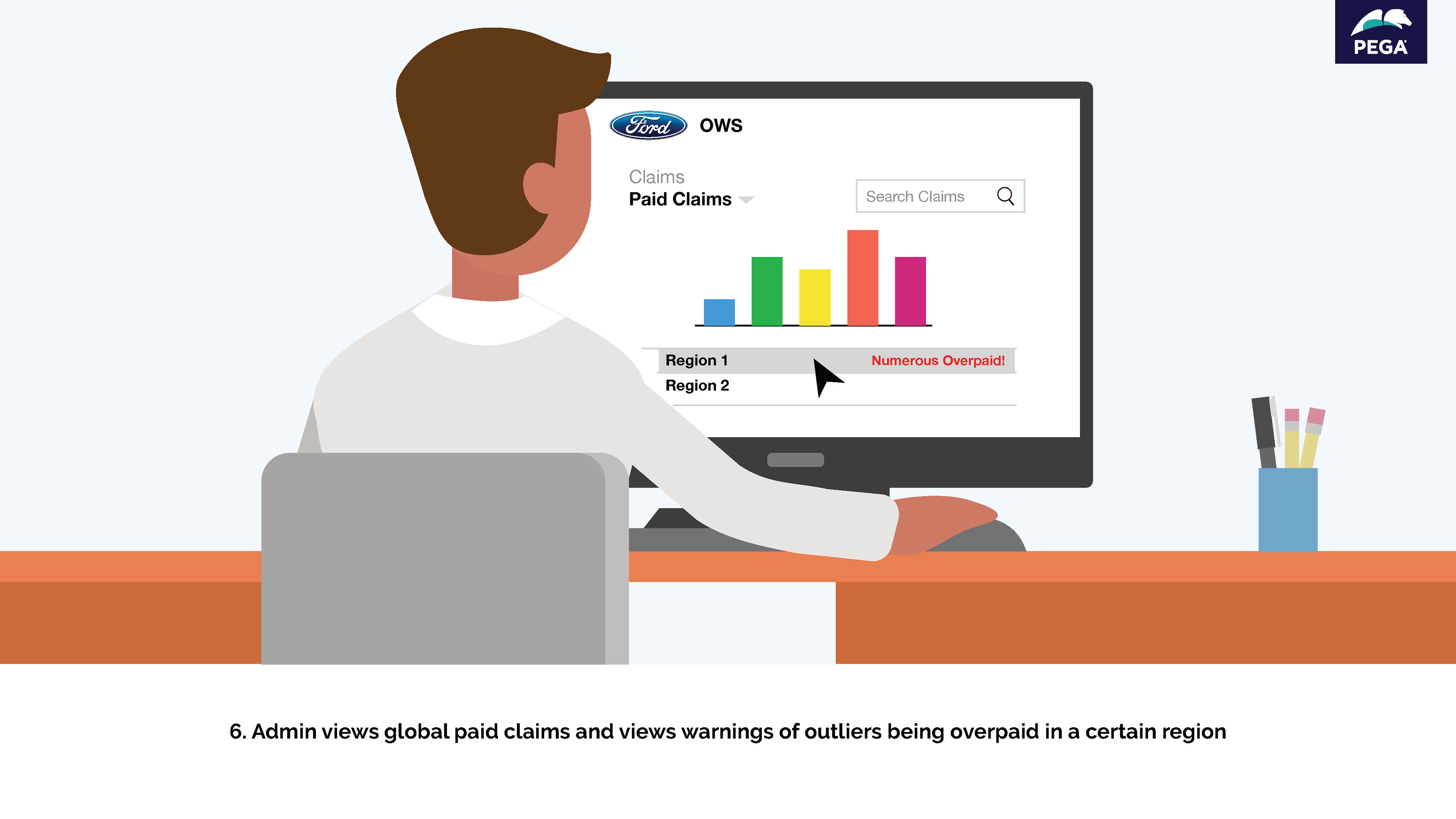
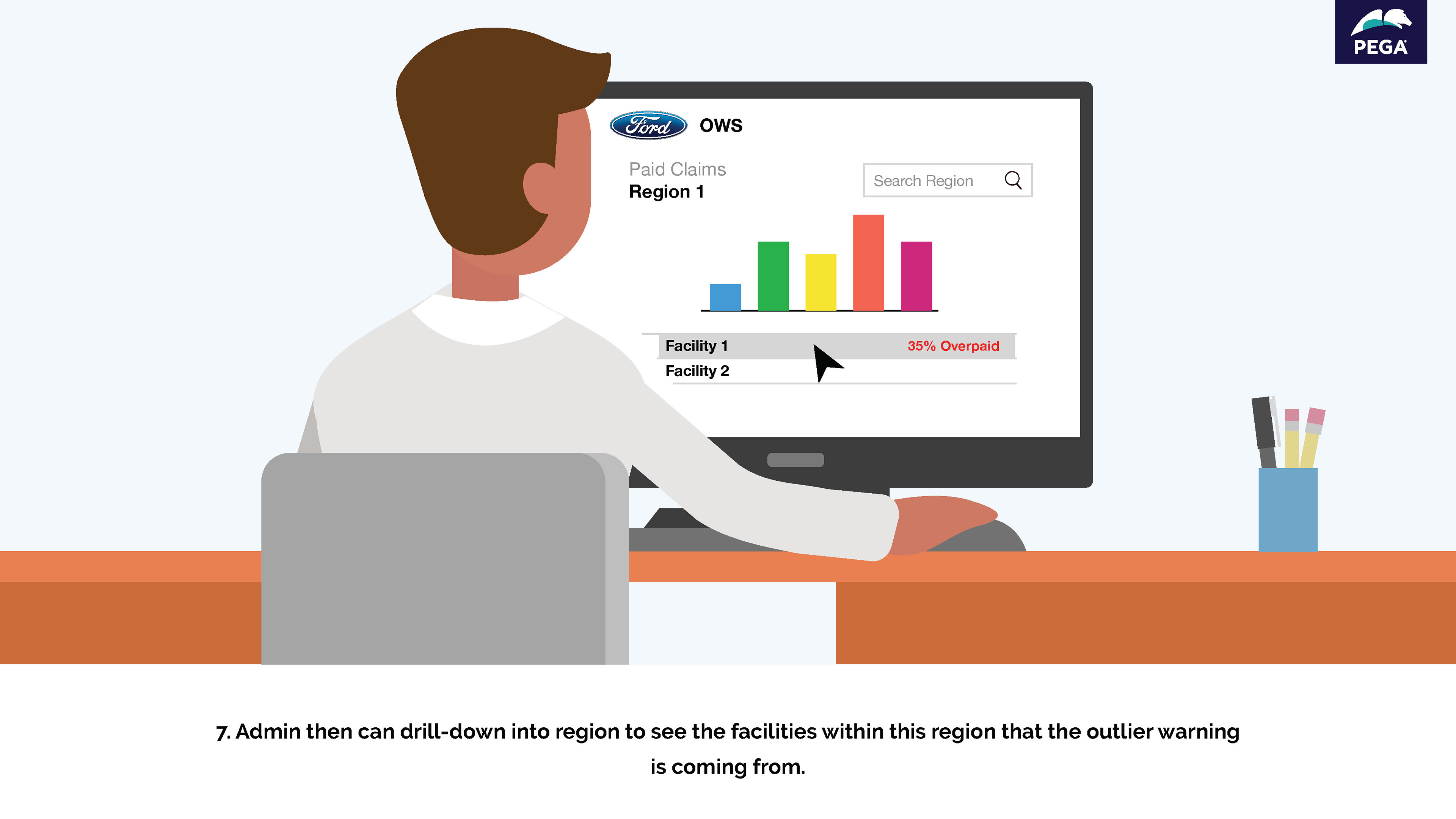
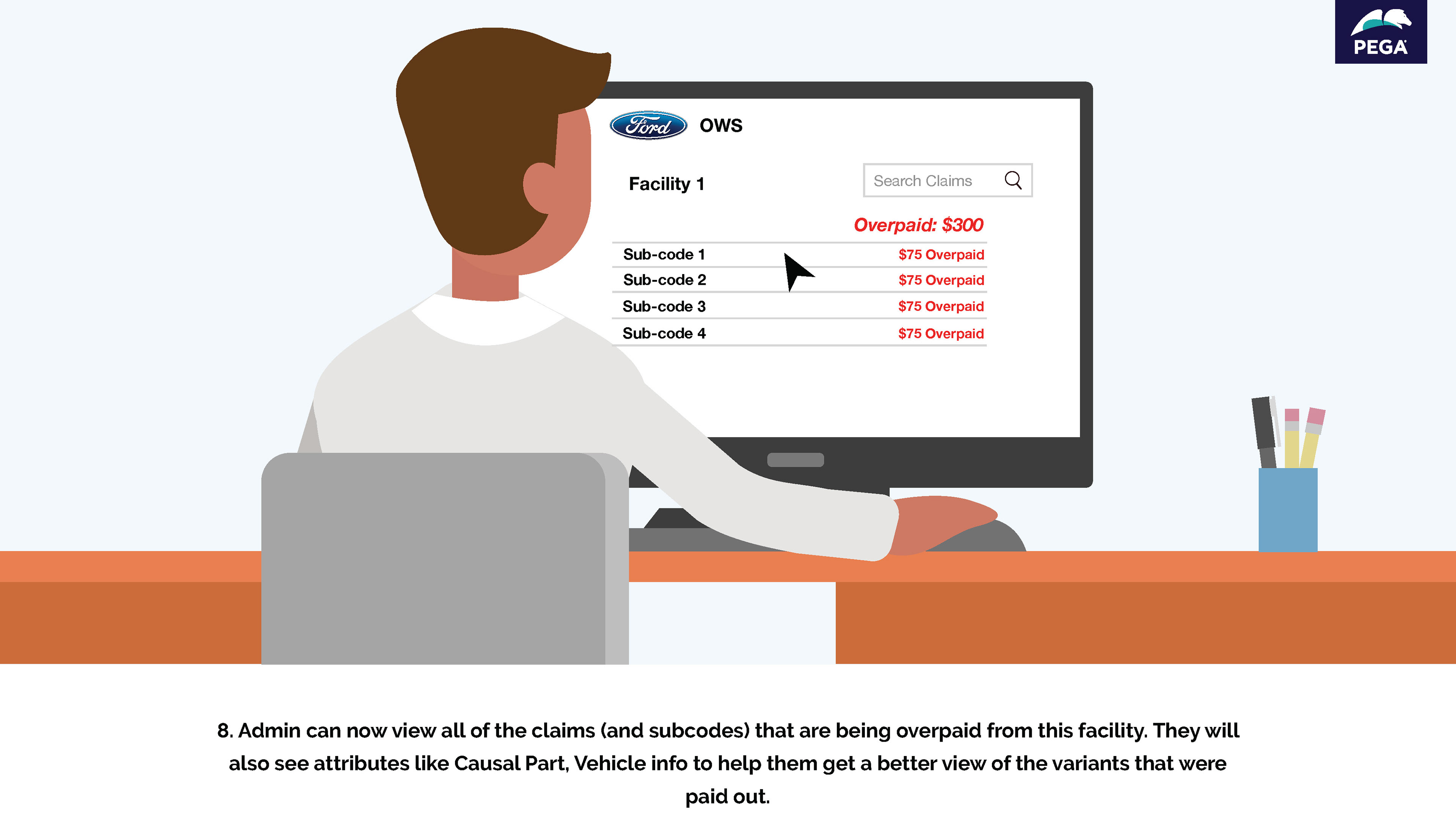
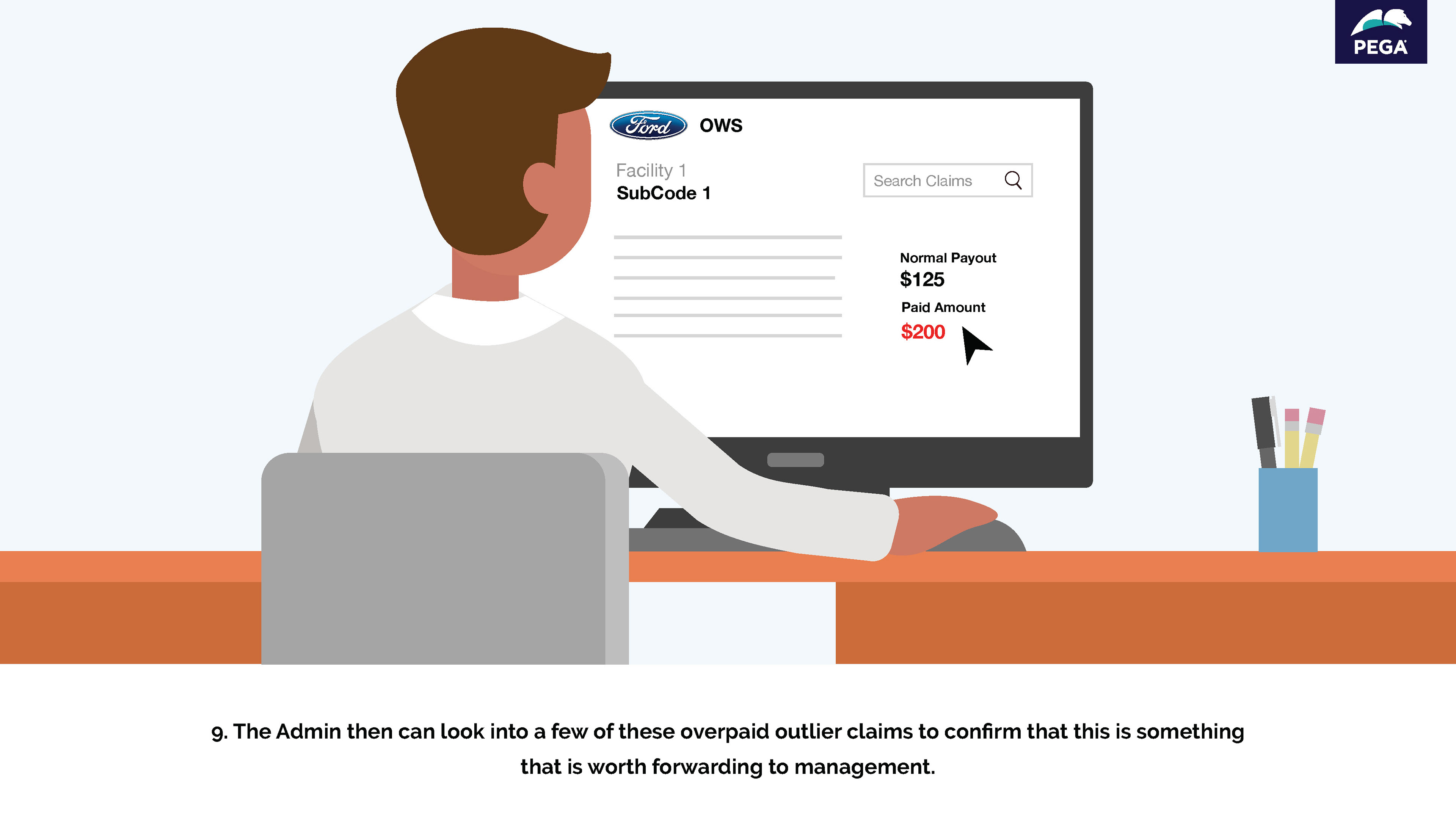


User Testing & Feedback
We conducted informal testing sessions with Ford’s internal users.
✅ Positive Themes
•Drill-down navigation felt natural and effective
•Users appreciated the regional → facility → sub-code flow
•Export functionality mapped to current workflows
🔁 Areas for Improvement
•“Outlier” terminology needed clarification
•Some desired more visibility into claim-level details
•Suggestions for stronger SharePoint integration
Outcomes & Business Value
Early anomaly detection = Reduced unnecessary payouts
Streamlined processes = More efficient internal reviews
Insight-driven experience = Improved user confidence
Executive alignment = Clear next steps for follow-up exploration
“Tangible evidence by implementing automation that OWS can derive cost savings to the company and improve user experience.”
— Long-term goal from workshop discussions
Disclaimers
All visuals shown are preliminary workshop prototypes with placeholder data.
No personal information (PII) or live implementation details are included.
The prototype was developed using the capabilities and constraints of Ford’s existing OWS platform.




